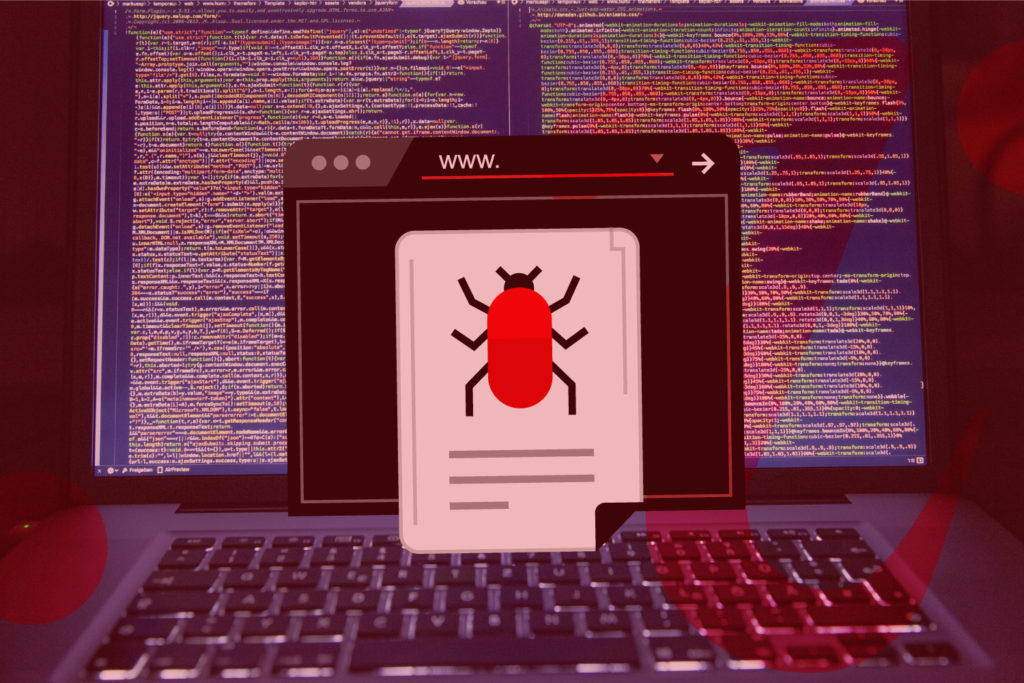How you get infected by malware?

Malware (short for malicious software) is one of the terms you’ll hear most often when it comes to cyber security threats. The term defines any software used by cyber criminals to:
- disrupt computer operations,
- gather sensitive information,
- or unlawfully gain access to private computer systems.
Malware is characterized by its malicious intent, because it acts stealthily to steal your information or to spy on your computer for a long time, without your knowledge.
Malware is usually spread through executable code, scripts, active content, and other software. The major threat it poses comes from malware being disguised as or embedded in, non-malicious files, such as .jpeg, .mpeg, .exe, .gif, .mp3, and many, many more.
‘Malware’ is a general term used to refer to an entire category of malicious or intrusive software, including worms, ransomware, spyware, adware, malvertising scareware, and other harmful programs, and below we are listing details about some of them
- Malvertising
Malvertising (short for “malicious advertising”) is the use of online advertising to spread malware.
Cyber criminals inject malicious or malware-loaded code into online advertising networks or legitimate websites, which then infect your systems through clicking, redirection, or drive-by downloads. Since online ads are managed by online advertising networks, even a legitimate website may host an infected web banner, although the website itself remains uncompromised. Some of the websites that have unknowingly hosted malvertising are The New York Times, the London Stock Exchange, Spotify, and The Onion.
HOW YOU CAN GET INFECTED:
Cyber criminals use pop-up ads, drive-by downloads, web widgets, hidden iframes, malicious banners, and third-party applications (for example forums, help desks, customer relationship management systems, etc.) to deliver malware. This is why malvertising is so wide-spread, affecting many users without their knowledge. - Ransomware
Ransomware is a form of malware that essentially holds a computer system captive while demanding a ransom. This type of malware locks you out of your computer by either:
- encrypting files on the hard drive
- or locking down the system and displaying messages that extort you into paying the malware creator to remove the restrictions and regain access to their computer, usually via a key. The bad news is that the malware creator is the only one who knows the key.
HOW YOU CAN GET INFECTED:
Ransomware typically spreads like a normal computer worm (by replicating itself in order to spread to other computers), and it could infect your system via a downloaded file or through some other vulnerability in a network service.
The chances of retrieving your data are very slim unless you’re willing to pay the ransom (which is why it’s crucial to have a back-up of your data in a secure location).
The malware creator will either supply a program that can decrypt the files, or he will send an unlock code that decrypts your data. But there is no guarantee that this will happen, even if you pay the requested ransom.
With those small tips, you can protect yourself and your PC
- Make sure your computer is secured with updated anti-virus, spyware, and firewall
- Avoid clicking on any attachments from untrusted sources
- Don’t install software from sites you don’t know
- If you feel something is wrong, follow your gut feeling







2 thoughts on “How you get infected by malware?”
Comments are closed.